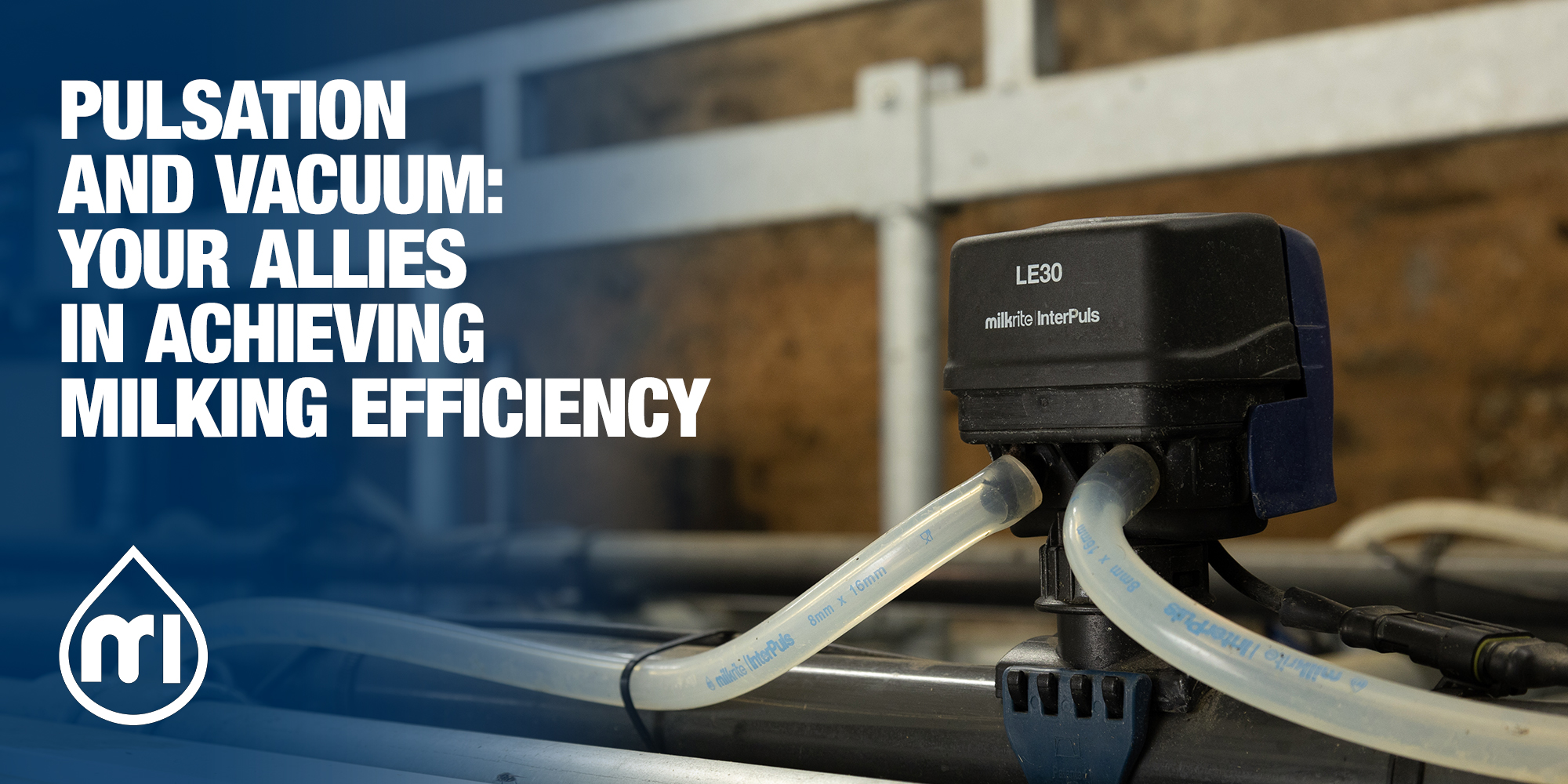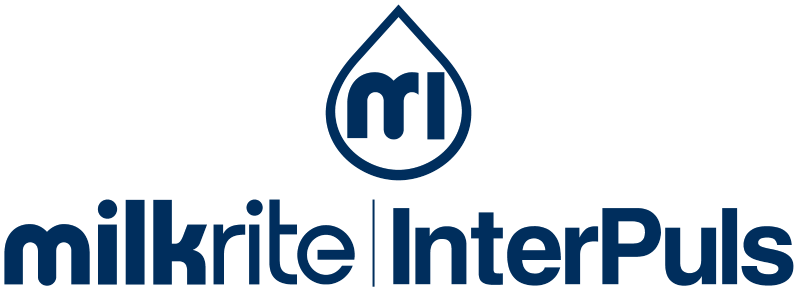
Pulsation and Vacuum: your allies in achieving milking efficiency
Throughout the milking process, attention to detail plays a key role in obtaining high-quality milk in a short time while preserving cows’ well-being. Therefore, in this episode, we highlight the importance of an effective pulsation and vacuum system for a successful and respectful milk extraction.
During the last 30 years, milking efficiency significantly improved, leading to more consistent milk flows and shorter milking times. Though, while aiming to achieve higher performances, an eye should always be kept on cows’ welfare, as the process efficiency also depends on their health condition. This latter aspect, in particular, is highly affected by two elements of the milking system: pulsation and vacuum. In order to make them your allies for optimized milking, we asked our experts to share some essential tips.
Pulsators and pulsation cycle
Firstly, a correct pulsation requires reliable, durable, and properly set-up components. This means that pulsators should be chosen carefully, installed according to the manufacturer’s standards, and adapted to the needs of the animal milked. In fact, these components guide both the movement of the liner and the teat massage during milking, on which depend milk flow rate and teat condition.
In the pulsation chamber, pulsation produces regular changes between vacuum and atmospheric pressure, determining two main stages (Figure 1):
Milking phase, essential for achieving short milking times, which includes:
- A-phase, or liner-opening time
- B-phase, or liner-open time.
Rest or massage phase, in which milk does not flow. This phase is essential to reduce teat congestion and risk of mastitis, and it is composed of:
- C-phase, or liner-closing time
- D-phase, or liner-closed time.
Figure 1 Vacuum pulsation effect on liner and pulsation cycle.
Source: milkrite | InterPuls internal training material
According to ISO specifications, B-phase should be at least 30% of the pulsation cycle, with a vacuum drop lower than 4 kPa, which means 300 milliseconds when setting a rate of 60 ppm. Nevertheless, for a maximized milk flow our experts advise a liner-open time between 400 and 450 milliseconds.
On the one hand, a too-short liner-open phase would decrease the milk flow. On the other hand, a too-high vacuum drop may cause undesirable liner movement and disturb the milk stream from the teats. The ultimate consequence of both events would be an increased milking time.
In case these two situations occur, it might be necessary to:
Check the pulse tube for leakage
Check if the pulsator is clean
Check if moving parts are worn
Check liners for damage
Check if liners are adapted to the shell
Check the pulsation chamber.
D-phase should preferably last between 200 and 300 milliseconds, with a vacuum drop lower than 4 kPa.
In this case, a too-short liner-closed phase and an excessive vacuum would reduce the effectiveness of the massage, increasing teat congestion and leading to teat damage and mastitis.
With this regard, some tips to keep D-phase under control are:
Check pulse tubes for obstruction
Check if the pulsator is clean, especially the filter
Check if moving parts are worn
Check liners for damage
Check if the pulsators are suitable for the liner/shell combination on that plant.
Pulsation rate, pulsation ratio, and vacuum
By regulating air and vacuum access, the pulsator plays a key role in determining the cycle’s phases. More precisely, this is made possible by combining the vacuum with two settings of this component:
Pulsation rate, regulating the frequency of pulsation cycles in a minute.
Pulsation ratio, the proportion of the milking phase compared to the massage one, in a pulsation cycle.
With this regard, Table 1 reports the advised levels for each species, that allow to reach high milking performances without causing too much stress to animals:
Animal | Vacuum level [kPa] | Rate [ppm] | Ratio [%] | |
High line & bucket | Low line | |||
Cow | 48-50 | 42-44 | 60 | 60:40 |
Goat | 42-44 | 38-40 | 90 | 60:40 |
Sheep | 40-42 | 36-38 | 120 | 50:50 |
Table 1 Source: milkrite | InterPuls internal training material
Despite these recommended standards, it might also be necessary to tailor settings within the same breed, according to the specific needs of each animal. For this reason, a suitable solution could be installing a pulsator controller, that ensures full supervision of pulsation parameters among the units connected.
When coming to vacuum stability, along with the diaphragm, further support could be provided by vacuum regulators, that minimize fluctuations and prevent undesired vacuum drops from affecting teat ends.
Another crucial aspect not to be underestimated is the time udders are exposed to vacuum at the last stage of the milking process, when the liquid stream slows down and stops. In this phase, the longer the exposure to vacuum, the greater the risk of overmilking and teat damage. With this regard, fitting pulsators with Automatic Cluster Removers may ensure a timely removal according to the milk flow.
System maintenance
Lastly, two further factors that improve vacuum pulsation efficiency are regular parlour hygiene and scheduled maintenance of the system, according to the milking frequency and the manufacturer’s specifications.
Along with pulsator service, some primary points related to this component could be:
Cleaning the filter with water and mild detergent every 3-6 months, according to hygiene conditions.
Checking rate and ratio every 12 months.
Immediately cleaning the pulsator, in case milk was sucked into it.
In terms of the vacuum system, some of the main aspects to monitor, through regular maintenance, could be:
Pump’s vacuum capacity, to avoid lack of vacuum reserve.
Pump’s lubrification.
Along with outlining the essential role that pulsation and vacuum play in an efficient milking process, this episode aimed to demonstrate how delicate the balance is between higher milking performances and respect for cows’ well-being.
More specifically, besides ensuring a higher milk flow in a shorter time, an effective vacuum pulsation should adapt to the needs of every animal to minimize their discomfort. These goals could be more likely obtained through a high-quality and well-maintained system.
Hence, take care of your milking system and don’t miss our next blog episode, you won’t regret it!
